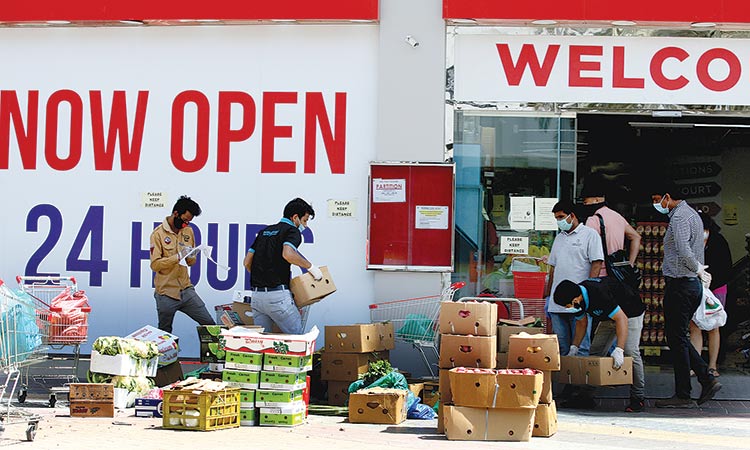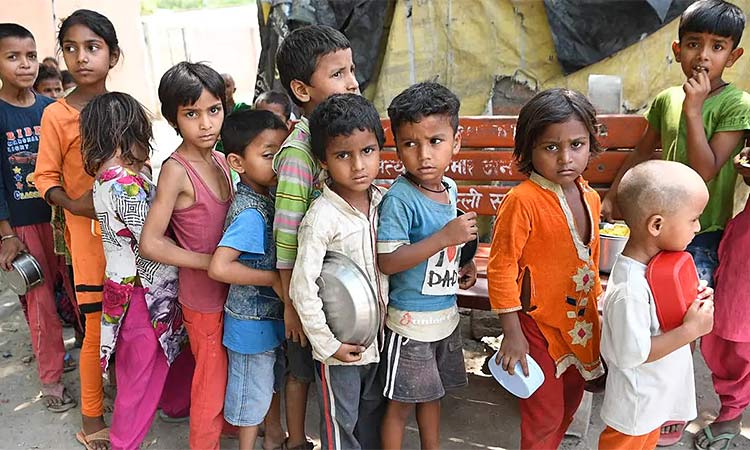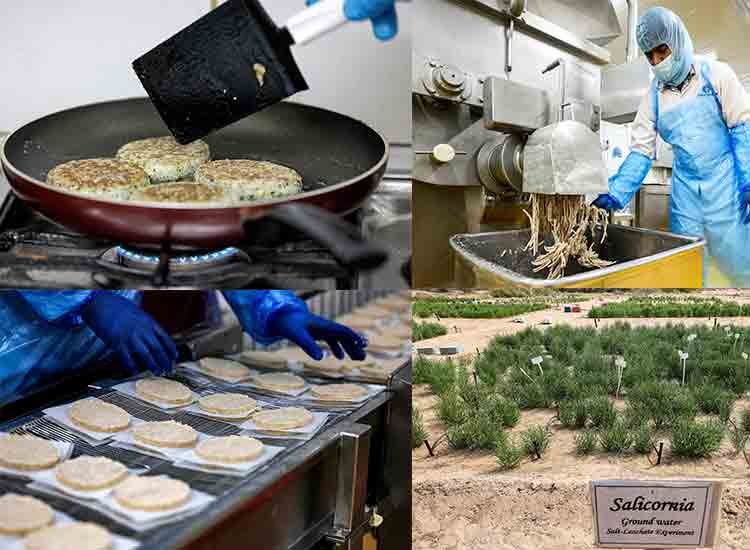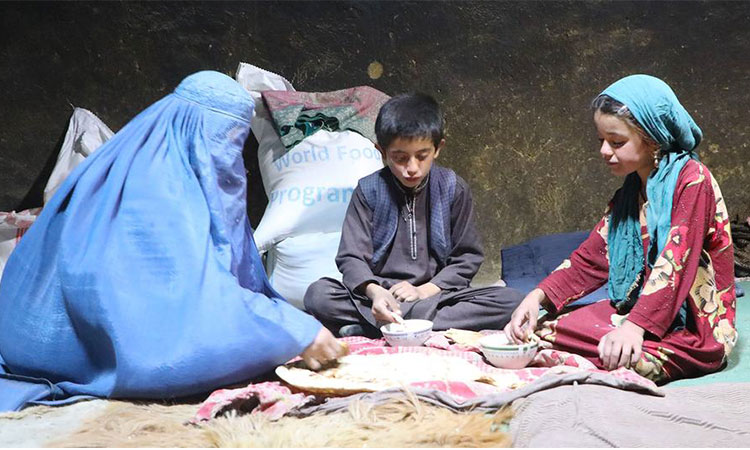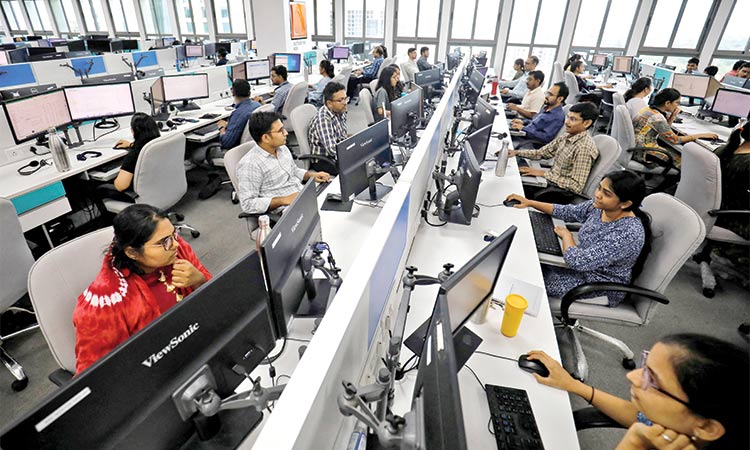Let’s get down to feed the underfed
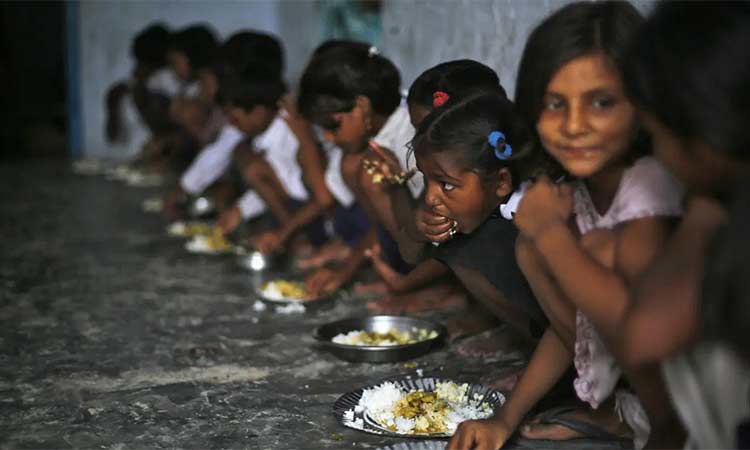
Urgent humanitarian action is needed on a massive scale to prevent a food crisis.
The UN said, “If more is not done to support rural communities, the scale of the devastation in terms of hunger and lost livelihoods will be appalling. Urgent humanitarian action is needed on a massive scale to prevent that happening.” The FAO said that most countries facing food crises like Somalia, Democratic Republic of Congress (DRC), Madagascar depended entirely on Russia and Ukraine for their wheat imports now faced a huge shortfall. Rein Paulsen, director of the FAO’s office of emergencies and resilience, said, “When we look at the consequences of what’s happening as a result of the war in Ukraine, there is real cause for concern of how this will amplify the acute food needs that exist in these food crisis countries.” The food crises will persist and may worsen in 2022, according to the report. It says, “While the international community has stepped up to calls for urgent famine mitigation action, global humanitarian and development funding for food crises is failing to match growing needs.”
It is not the case that food crises and hunger are occurring only in poor countries, and in countries of conflict. If this were so, humanitarian and development aid would be able to cope with the challenge of hunger. But conflicts and wars make things worse even in places where there is adequate food production. The Ukraine-Russia war is a good example. The wheat produced in these countries meet the import needs of many countries, but the war has disrupted, especially in Ukraine, wheat production.
So, a war in one part of the world can cause food crisis in another part. The other two major reasons for the food crises is due to extreme weather conditions, a fallout of the climate change crisis, and the fluctuating weather conditions leading to failure of crops. Of course, agricultural output is hugely dependent on climate change. There is need for greater innovation in agricultural practices to produce more food in the face of increasing population worldwide. It is a challenge that has not got enough attention from world agricultural experts and global policymakers. It is only countries like the United Arab Emirates who are looking successfully to the future of agriculture.
Apart from a world free of war and conflict, there is need for a world constant innovation and technological breakthroughs, to produce the food that is needed by the whole world. It is not an easy task, and it needs global cooperation of a close kind. No one country can manage the food needs of the world.
